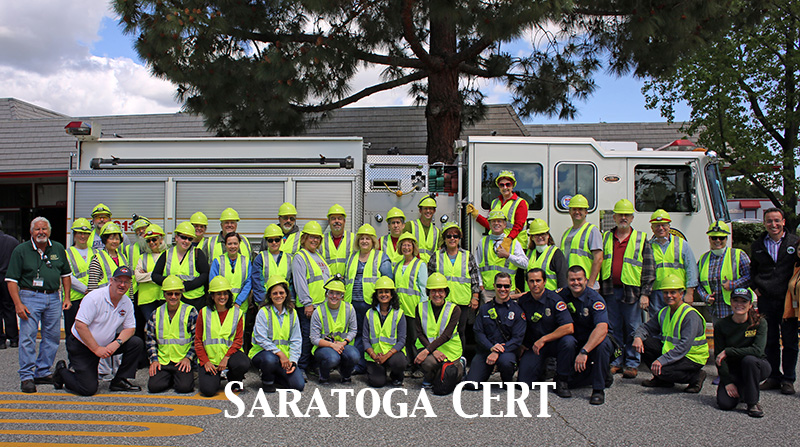Why you can’t always make cellular calls
By Lisa M. Krieger
lkrieger@bayareanewsgroup.com
Even as California burns, the cell phones of many residents have gone mute, preventing them from giving or getting emergency information.
A report prepared by the Federal Communications Commission reveals that at least 874 of the state’s cell sites were out on Monday, up from 630 on Sunday, when fires broke out all around the Bay Area.
Because these cell sites lack battery or generator backup, they’re useless when PG&E cuts power.
In Marin County, more than half — 57.1 percent — of sites weren’t working.
Fire-ravaged Sonoma County, where the Kincade fire is 66,000 acres and growing, lost 17 percent of its sites. Santa Cruz, San Mateo, Napa, Contra Costa, San Mateo and Santa Clara counties lost 22.5 percent, 11.4 percent, 19.2 percent, 11.4 percent and 2.1 percent of sites, respectively. Data was not reported for Alameda County.
In addition, more than 454,722 subscribers with landline phones, cable television or Internet also lost service, according to the FCC report.
“It has been extremely isolating and worrisome,” said Santa Cruz Mountains resident Sherry McNamara. “Weare cut offandthusput in danger.”
Residents said even their once-reliable landlines and internet, such as those operated by Frontier Communications, weren’t working. Comcast/Xfinity also was down. Four FM radio stations — K238AF, KKLJ, KNOB, KSXY — reported being out of service. Also silent were two AM radio stations, KIHH and KYAA.
Of the outages, most were due to loss of power to the cell tower. Only about 60 were caused by wind or fire damage.
And that’s only part of the problem. The new report contains only data submitted by providers in the Disaster Information Reporting System, a voluntary network used to report communications infrastructure status during times of crisis. Of California’s 58 counties, 32 are included. That represents about 26,000 cell sites.
Cell towers, for instance, use antennas and base stations to connect calls from one tower to another and to other cellular and landline providers. And these systems need electricity to operate.
But there is no requirement to have backup electrical power at cell towers. The only requirement is that they deliver backup power to certain sites and at certain locations — such as an evacuation center — after an emergency, according to Ana Maria Johnson of the Public Advocate’s Office of the state Public Utilities Commission..
During an emergency, they are not required to disclose which towers are down or which carriers have lost service, according to the CPUC. Nor do they need to tell authorities how close their backup power is to downed cell site. Is help an hour away, or two days away? Only the company knows.
This jeopardizes the safety of residents who have cut the landline cord and rely solely on cell phones, said Johnson.
Wireless networks deliver federal and state emergency alerts, transmits 911 calls and helps police and other “first responders” make decisions about when and where to deploy resources.
“It is unacceptable for cell sites to nothave backup power, when over 80 percent of our 911 calls are from wireless phones,” said Johnson.
Comcast customers lose service where the power is out at their home, because the services need energy to operate, according to Comcast’s Joan Hammel. Comcast service also stops if power is disrupted elsewhere in the network.
“Like all PG&E customers, we are also affected by this power shutdown, said Vince Bitong of AT&T. “We are aware that service for some customers may be affected and we continue to move quickly to keep our customers, FirstNet subscribers and public safety agencies connected.”
Landlines used to be more reliable, because their power was sent to the phones through copper wires, which are more heatresistant. And phone company offices had extensive battery systems, as well as backup generators.
But companies’ transition to Voice over Internet Protocol (VOIP) — with phone calls over the Internet — requires power. VOIP calls fail when either the company’s facility or the resident’s home lacks backup power.
In 2008, the Federal Communications Commission ordered carriers to install eight hours of backup power at all cell sites and 24 hours of backup power at all central switching facilities.
But when thewireless industry challenged the order in court and won on procedural grounds, the FCC dropped the effort.
In 2007, California also considered stronger reliability standards but declined to impose them.
CPUC’s advocates filed a legal motion urging the Commission to immediately require carriers provide backup battery or generator power and network redundancy in designated high fire risk zones to ensure that emergency alerts are received and that 911 calls are answered. They are hopeful that new CPUC president Marybel Batjer will demand accountability.
“The companies need to provide safe and reliable service,” said Johnson.
FROM: http://mercurynews.ca.newsmemory.com/?publink=05cbeefdd

